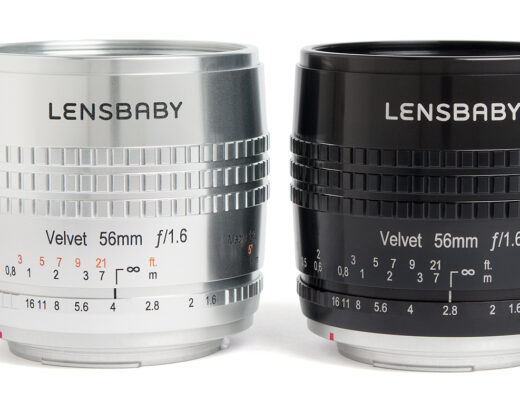I know that many Fuji X users have arrived at Fuji having previously owned Canon or Nikon systems. Now it may well be that you sold all of your previous gear in order for to fund your Fuji purchases. Or it could be as in may case that you hung onto some of it just to keep your foot in both camps. Particularly if like me you shoot professionally as well. So if you have any Canon or Nikon lenses lying around have you considered using them on your Fuji?
Now, I love the Fuji 56mm f1.2 lens, it makes a fabulous portrait lens with a beautiful bokeh and sharpness, but that quality comes at a price. So what if you are on a budget? Maybe you have a Canon or Nikon ‘nifty-fifty’ sitting in your camera bag? Even if you don’t own one, both brands sell them for around an amazingly reasonable £100 price point. Admittedly this is for the f1.8 versions, the f1.2 and f1.4 are much more expensive and unless you already own one you might as well buy the Fuji 56mm.
So this got me thinking about the possibility of using my Canon lenses on my Fuji’s. A quick search on eBay and I sourced a Canon to Fuji adaptor for the princely sum of just £10!

Canon to Fuji Adaptor
So this adaptor allows me to use any Canon EF lens on any interchangeable Fuji X series camera body. Now admittedly for such a low price there are some disadvantages.
Firstly and most importantly because there is no electronic connection between the lens, adaptor and the camera body, there is no autofocus operation. All focussing has to be done manually. But as us Fuji users all know the choice of manual focus aids on the X-series is extensive. I use red line focus peaking and on my X-Pro 2 it’s very easy to manual focus any Canon lens. For still life’s, portraits etc manual focus is not really a disadvantage. But obviously for other subjects you may prefer to save up and purchase an autofocus lens.
Second important point is that you can only use the lens ‘wide open’ at it’s maximum aperture. Of course, if you were photographing a portrait, you would probably wish to do that anyway, in order to get maximum separation of your model from the background and also achieve some lovely bokeh.

Shot with the Canon 50mm lens on Fuji X-Pro2
Finally, as no electronic data is transferred either, the exif data does not record the lens data e.g. make and aperture.
In use there are a few things you need to bear in mind. Firstly you will need to delve into the menu and change a couple of settings. You need to tell the camera that you will shoot without a lens fitted. This can be found on the 3rd shooting menu tab at the bottom. This is because there is no information transmitted from the lens to the camera body so the camera assumes there is no lens fitted and normally that would stop it taking a picture. Secondly you also need to tell it manually in the menu that a 12mm lens is fitted. This can be found again conveniently on the 3rd shooting menu tab second from last option, called “mount adaptor setting”. Select this then change the lens 5 option to 50mm. (Or whatever focal length lens you intend to use. Setting this will mean that at least the correct focal length will show up in the embedded exif data. However the aperture you set will not be transmitted and will always show up in Lightroom etc as f1.0. So remember to make a separate note of the aperture used, if this is important to you to refer back to later.

Shot with Canon 50mm f1.8 EF lens
So to sum up for around £100 (If you don’t already have one) you could own a 50mm (75mm full frame equivalent) f1.8 portrait lens for your Fuji, that will give sharp results with pleasing Bokeh!
P.S I have also successfully used my Canon 70-200mm (105mm to 300mm equivalent) f4 L lens on my X-Pro 2. You will need to use the EVF rather than the OVF on both this and the X-Pro 1/X-Pro2.

Fuji X-Pro2 fitted with Canon 70-200mm L Lens




















